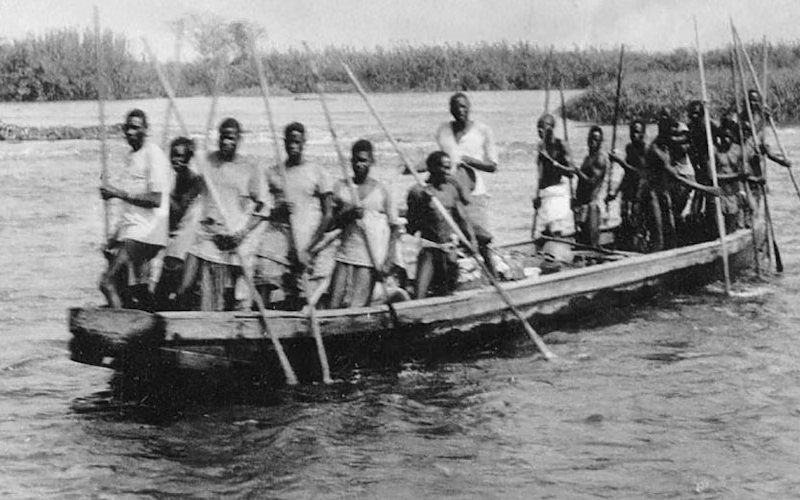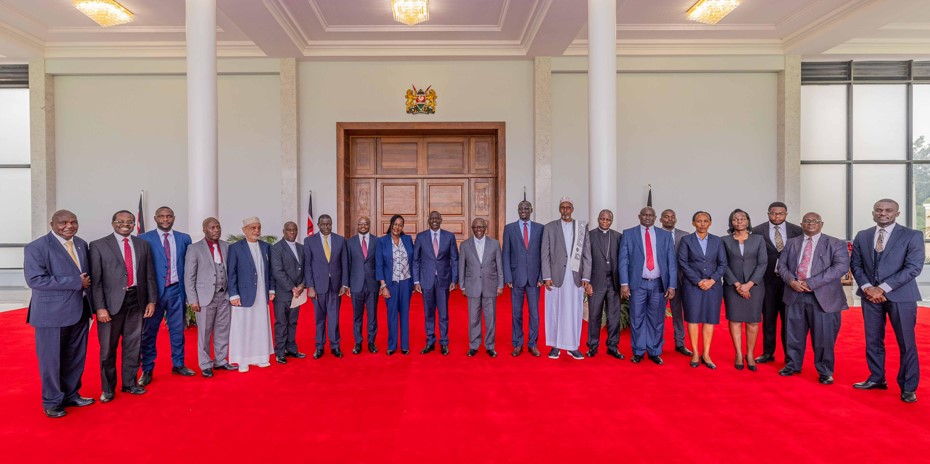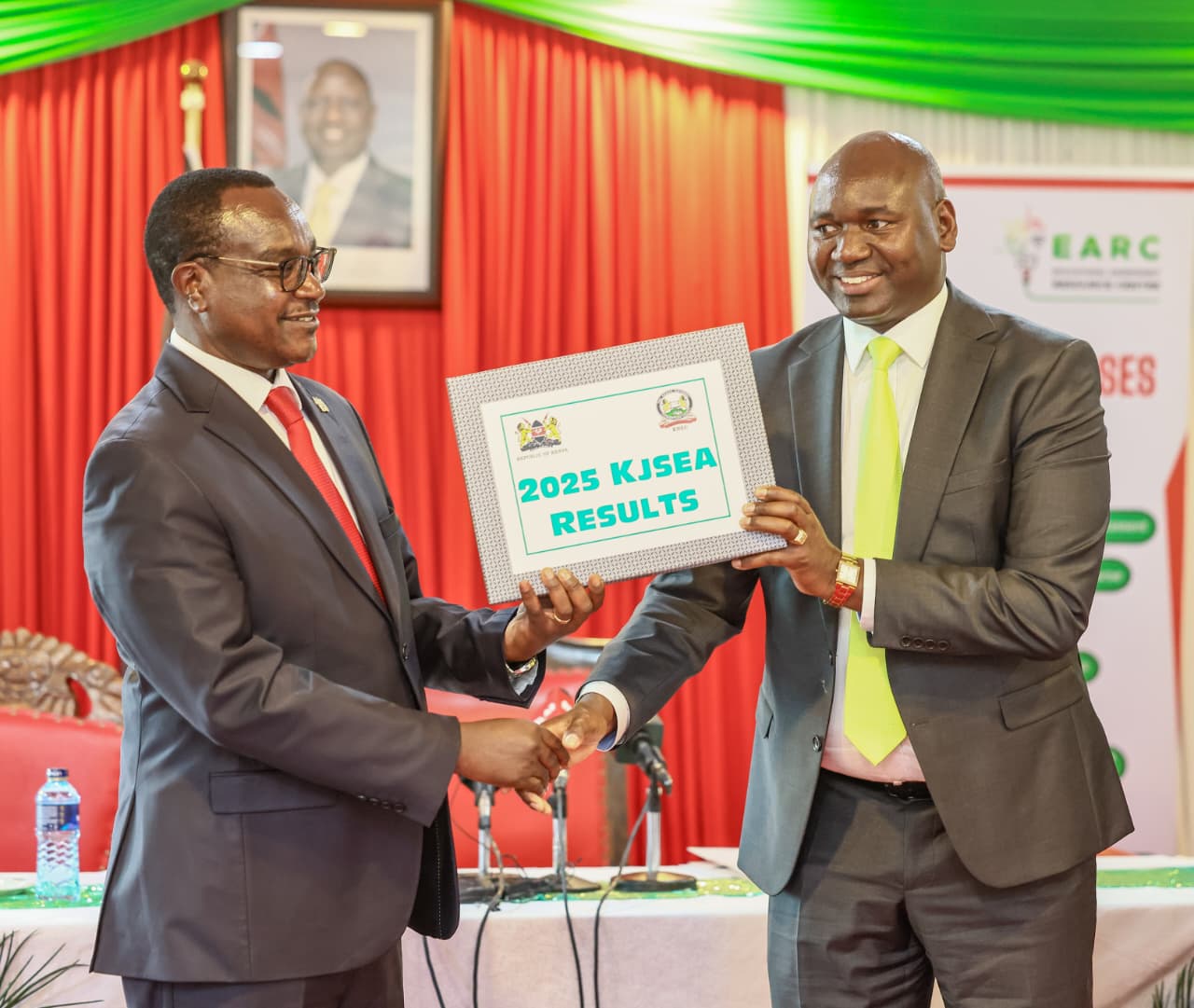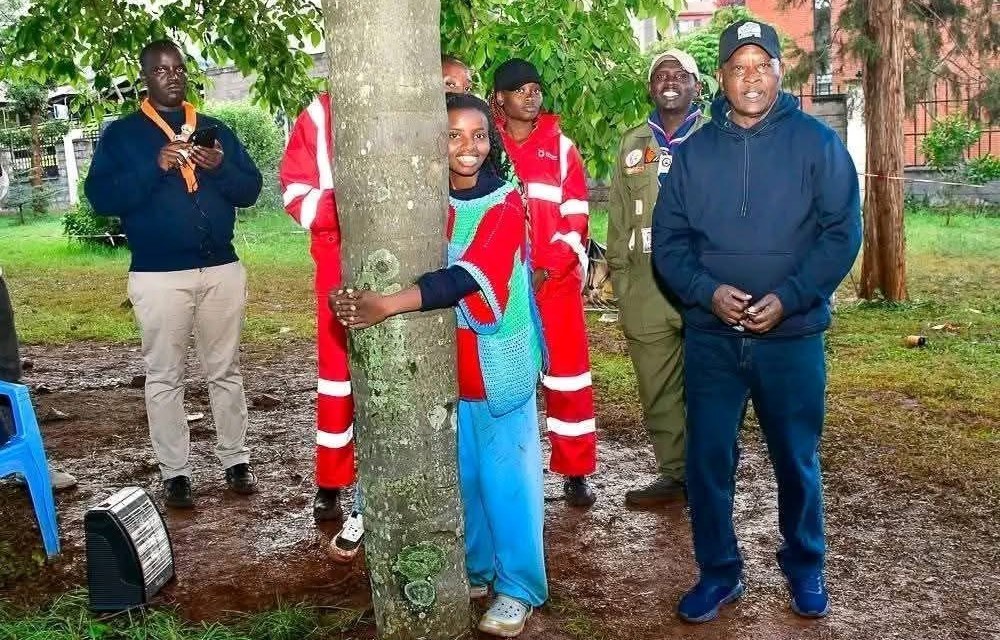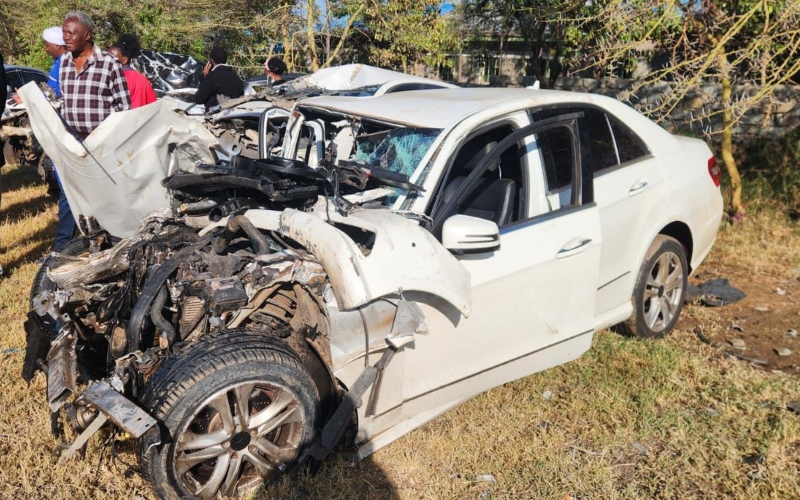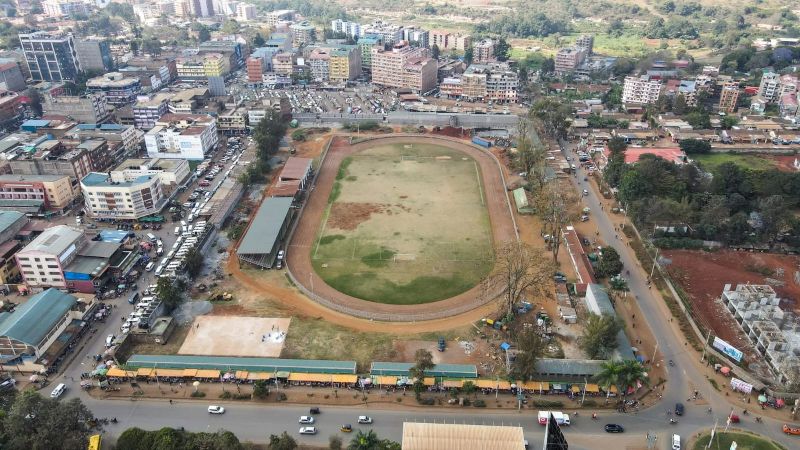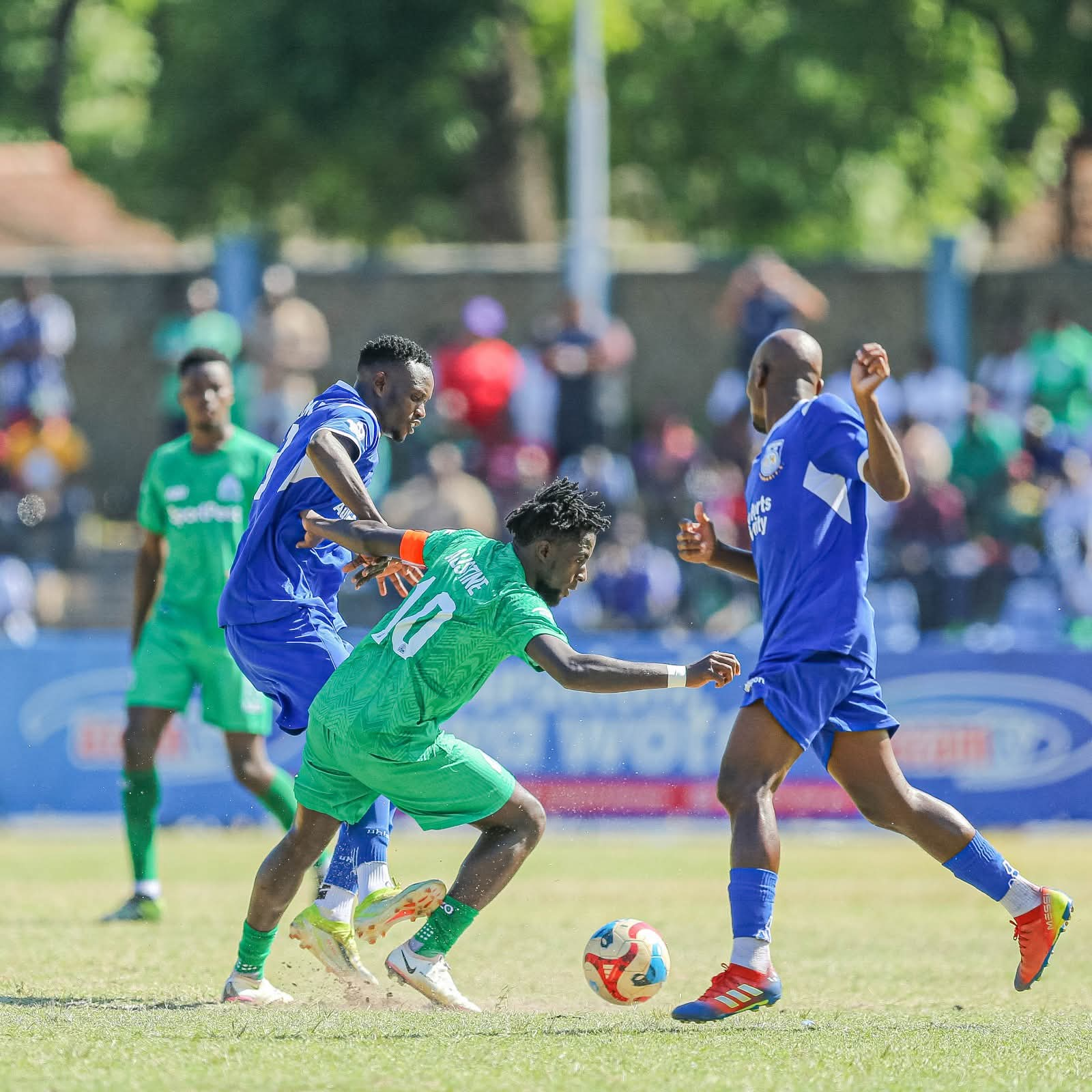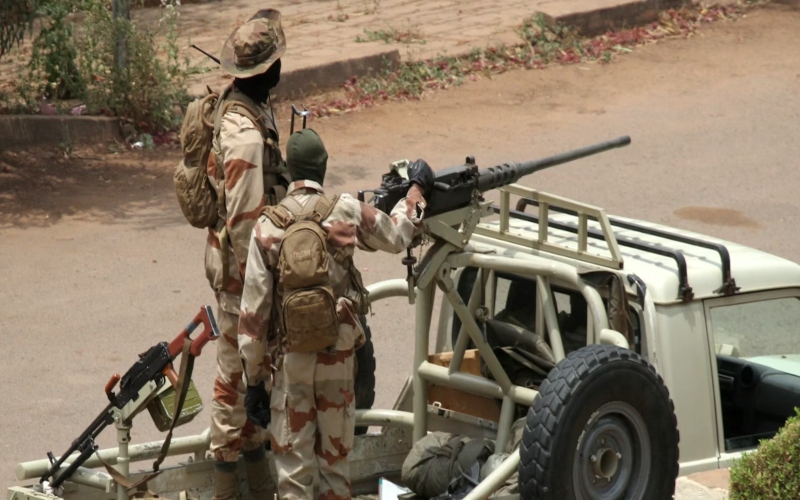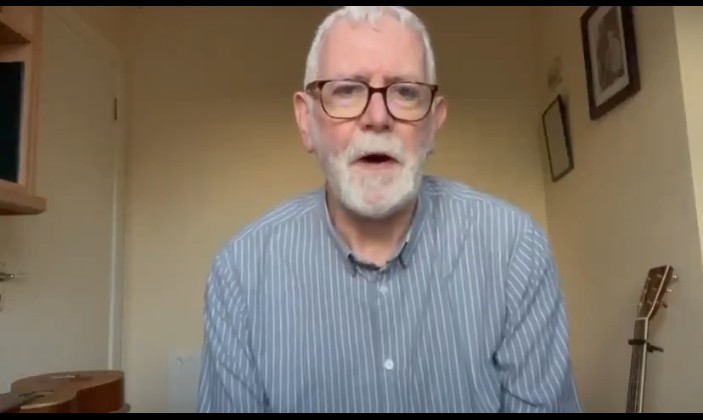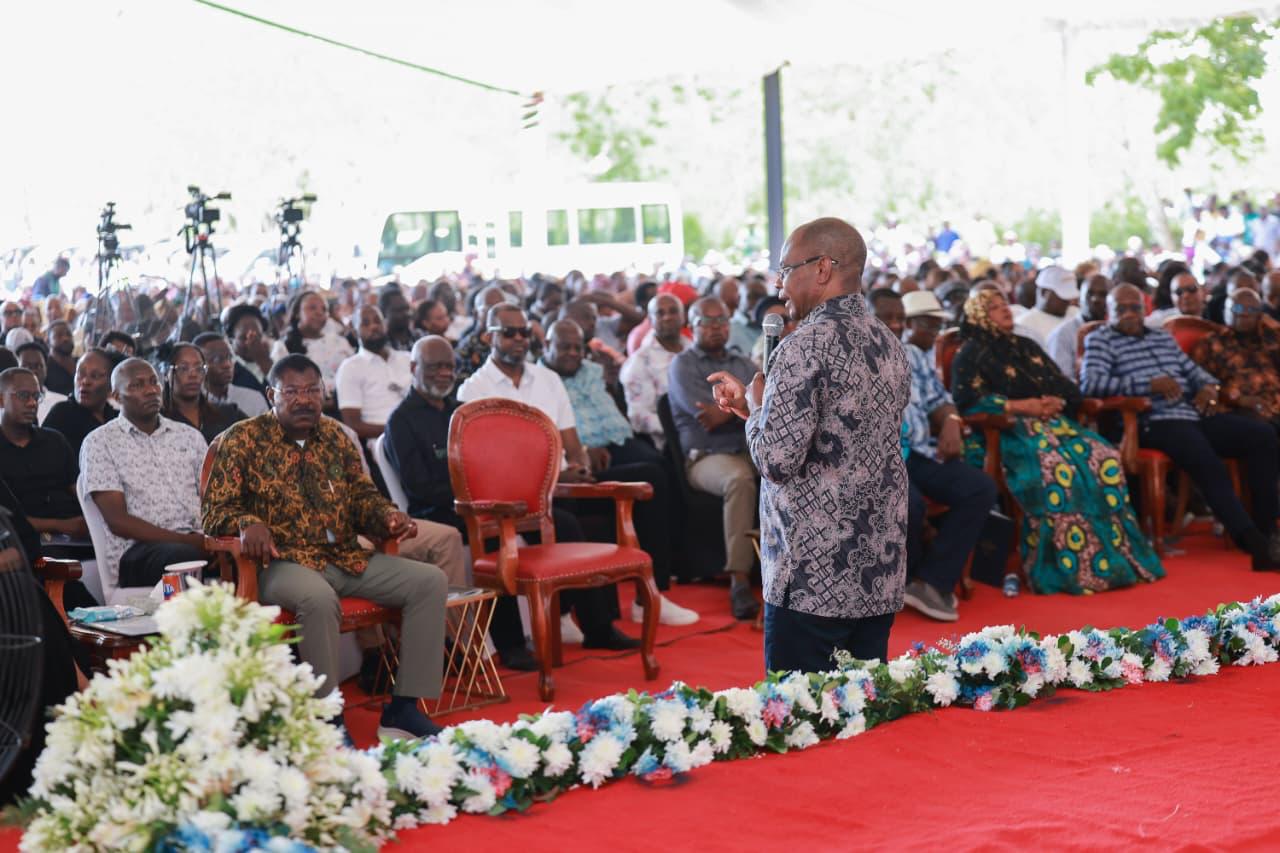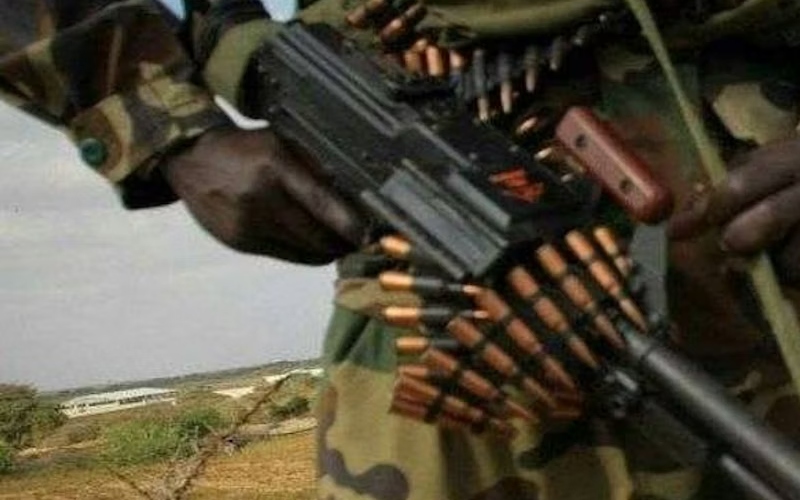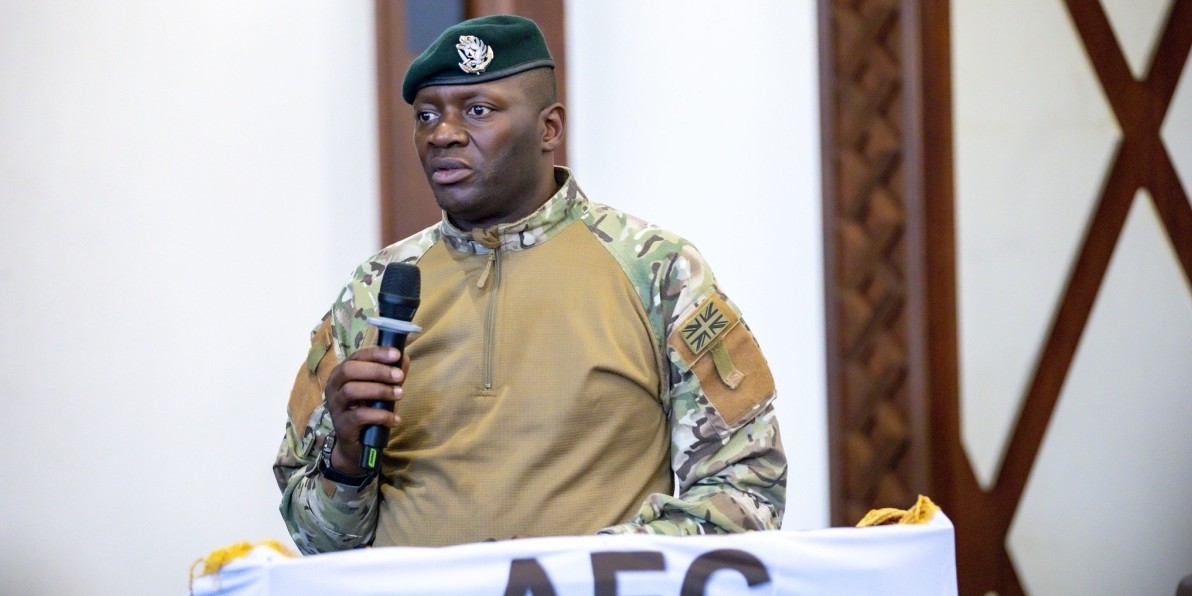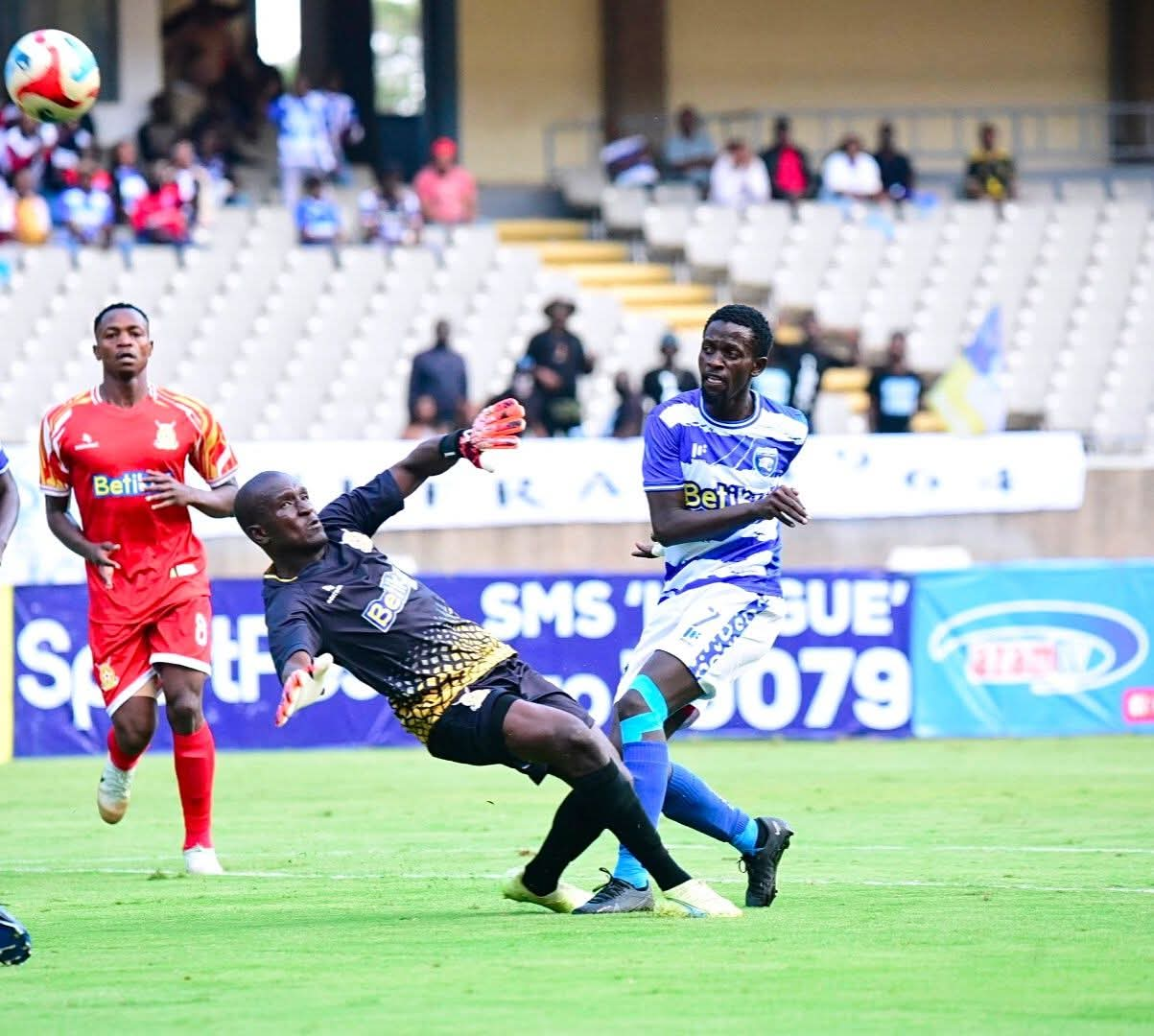Shakahola exhumation to resume Monday as DCI reveals fresh details on cult deaths
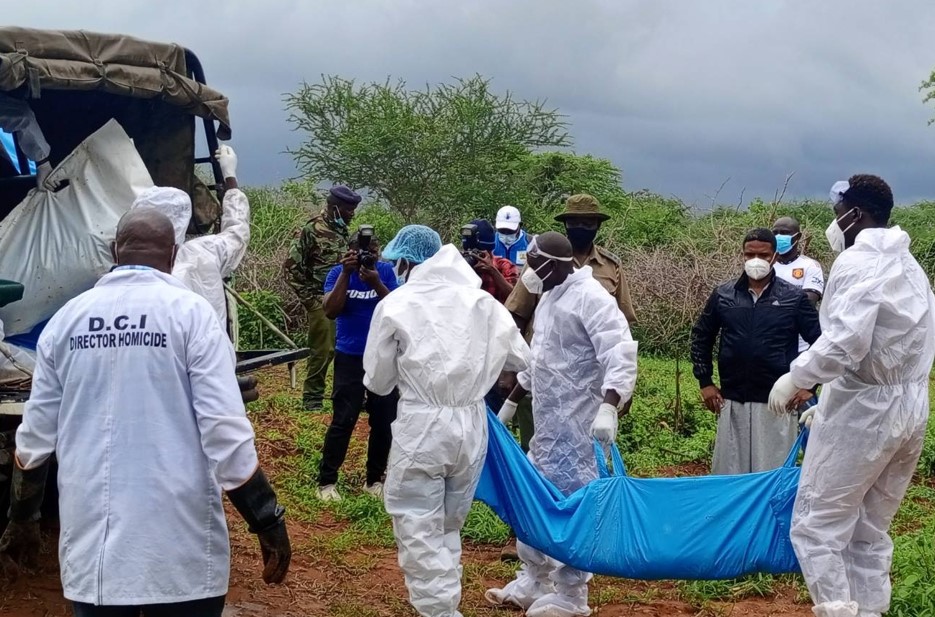
Since the inception of the first phase in April last year, a total of 446 bodies have been exhumed.
The exhumation of bodies in the vast Shakahola Forest located in Kilifi County has been paused and is set to resume on Monday.
Since the inception of the first phase in April last year, a total of 446 bodies have been exhumed.
More To Read
- Shakahola trial: Former co-preacher reveals Mackenzie urged followers to shun society, await "direct ascent to heaven"
- Shakahola trial witness denies DNA evidence, insists missing children are alive
- DPP tables 88 postmortem reports in Paul Mackenzie murder trial
- Witness recounts how Paul Mackenzie’s teachings led her to quit career, reject medicine
- Shakahola witness tells court she hasn't used medicine for over 10 years as they are "satanic"
- Shakahola massacre survivors struggle with trauma and anxiety, court told
The fifth phase which started this week has seen 17 bodies retrieved, including three exhumed on Wednesday.
Chief Government Pathologist Dr Johansen Oduor revealed that 50 graves have been identified and mapped for the fifth phase, highlighting the extensive scale of the investigation into other burial sites within the forest.
The exhumation team employs specialised tools, such as the Global Positioning System (GPS) to aid their efforts.
To date, 32 bodies have been returned to families, while over 300 remain uncollected. These have been preserved in two mobile containerised refrigerators at the Malindi sub-county Hospital.
These facilities, which use gas to preserve the decomposed bodies, have been critical in managing the remains, now shrunk to fit in a 40 ft container.
Intelligence reports from detectives at the Directorate of Criminal Investigations (DCI) based on information collected through interviews by locals and Shakahola villagers, indicated that cult leader Paul Mackenzie moved his followers from Malindi to Shakahola using a lorry belonging to him.
WhatsApp communication
DCI revealed that followers of the Good News International Church communicated through various WhatsApp groups, and those heading to Shakahola had to pass through Mackenzie's residence in Furunzi, Malindi.
The investigation further established that they were then ferried by a man named Benjamin to Shakahola in a white lorry, registration KCK689W, which detectives believe belonged to Mackenzie.
The lorry had a Swahili writing "Kisha Nikaona," the title of Mackenzie’s music video.
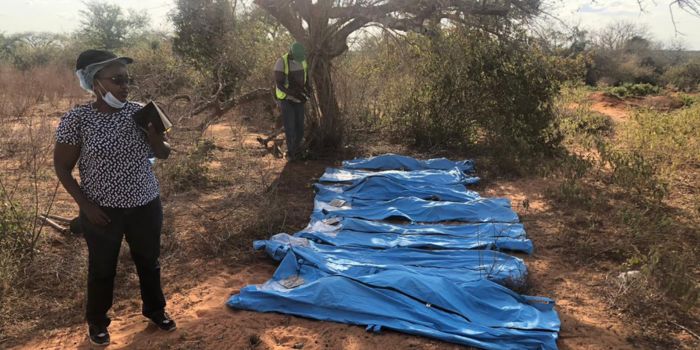 Search team members are pictured next to bodies found in the Shakahola Forest in Kilifi County on June 3, 2024. (Photo: Farhiya Hussein/EV)
Search team members are pictured next to bodies found in the Shakahola Forest in Kilifi County on June 3, 2024. (Photo: Farhiya Hussein/EV)
Others were transported by a tuk-tuk driven by a man identified as "Emmanuel wa TukTuk" under Mackenzie's instructions.
According to DCI findings, Mackenzie had a well-orchestrated plan that began in 2020, during the height of the COVID-19 pandemic.
Other Topics To Read
Investigators established that with the Kenyan government advising on social distancing and minimizing gatherings, Mackenzie capitalised on the situation.
He opposed the COVID-19 vaccine and began selling parcels of Shakahola land to his followers at prices between Sh1,000 and Sh3,000, without providing any formal documentation or receipts.
DCI noted the payments were made in cash, via M-Pesa, or deposited directly to Mackenzie or his land agent, Alex Wa Mashamba, also known as Alex Wa Bethlehem. Alex, acting as a land surveyor, allocated parcels of land without formal agreements.
Grim reality
A year later, over 300 bodies remain in a makeshift morgue in Kilifi, a stark reminder of the grim reality of religious extremism.
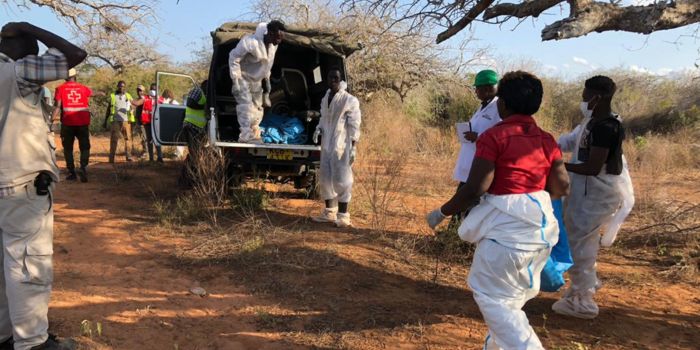 Search team members collect bodies found in mass graves in the Shakahola Forest in Kilifi County on June 3, 2024. (Photo: Farhiya Hussein/EV)
Search team members collect bodies found in mass graves in the Shakahola Forest in Kilifi County on June 3, 2024. (Photo: Farhiya Hussein/EV)
Once vibrant individuals, their lives were tragically cut short by the beliefs they held dear. The forest, once a sanctuary of natural beauty, now silently bears witness to the atrocities committed within its depths.
For months, an eerie silence has enveloped Shakahola village in Kilifi County.
The once lively settlement now appears desolate, with mud huts topped with makuti roofs casting spectral shadows across the terrain.
The previously bustling pathways are eerily quiet, as if the villagers vanished suddenly, leaving behind personal items like Bibles, evidence of their abrupt departure.
In stark contrast to the village's usual friendly atmosphere, a palpable tension hangs in the air. Abandoned dishes covered in cobwebs suggest the ‘final meal’ of followers of Pastor Paul Mackenzie’s controversial Good News International Church, which had taken a deadly turn toward fasting.
In this tense environment, where a presumed cult was engrossed in apocalyptic prophecies, many did not survive the journey to Malindi Hospital.
The victims were buried haphazardly, their final resting places marked not by tombstones but by the haunting silence of the forest. Months later, their bodies were exhumed in a grim task undertaken by those left behind.
The bodies, now skeletal remains, were carefully preserved in a makeshift morgue, a haunting testament to the lives lost.
Top Stories Today
